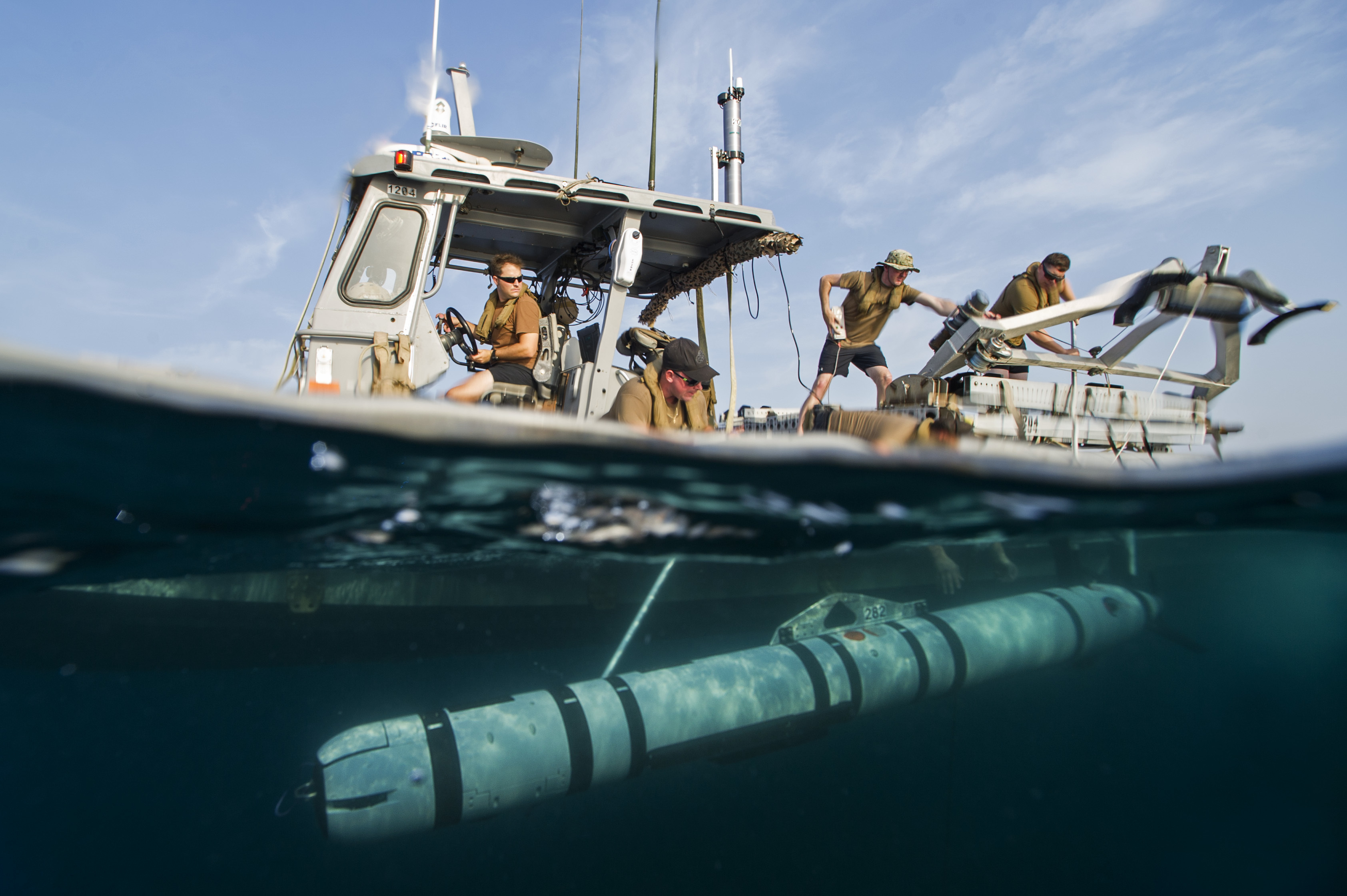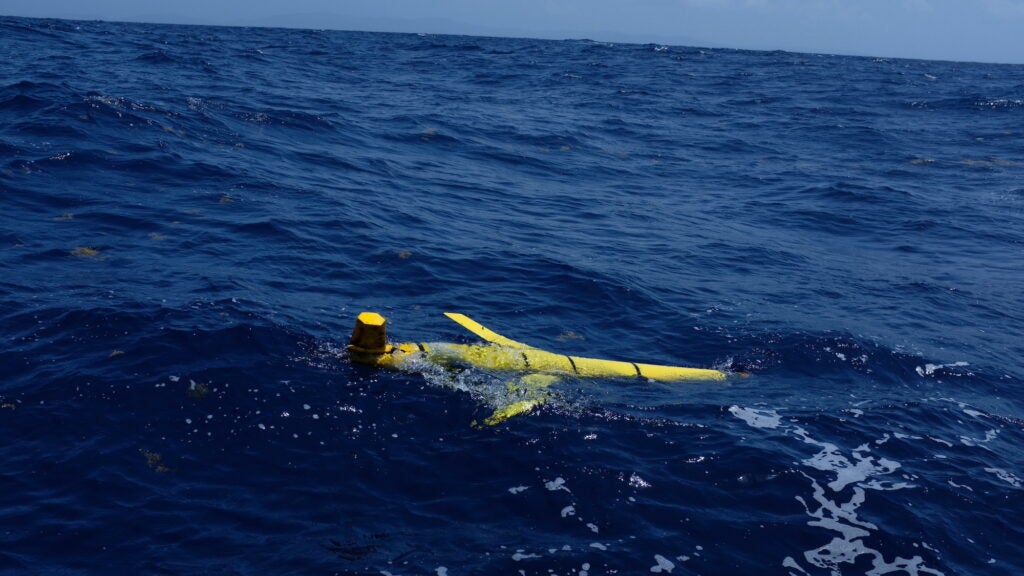Military Underwater Drones

The military and police forces that protect our world rely on robust tools to ensure that their missions can be accomplished as safely and quickly as possible.
The ocean is an environment rich in information, if sensors are present to read it. The US Navy, as part of its continued mission to operate on all seas and ensure its own freedom of movement, is turning to new robots to collect and share this information, operating invisibly below the surface.
In late July, the Navy awarded a contract worth up to $39.2 million to Teledyne Brown Engineering for these underwater detection robots. Officially, the program is for "littoral combat space detection gliders", or LBS-G, an acronym with a lot of meaning.

By breaking down the jargon, one can understand what these contraptions are going to do, and where. "Littoral" means littoral, that is to say the areas located along the main bodies of water which are of major interest for human activity, which receive significant maritime traffic and which are particularly sensitive to the incursions which threaten land activity.
The term "battlespace" is more complex, but it is essentially about how the military understands the factors in an environment - from weather to vehicle position to ambient electromagnetic interference - that can influence the course of battles.
Finally, the term "sensor glider" describes the design of these torpedo-shaped winged robots, which propel themselves like planes below the surface.
The robots selected for this program will be based on Teledyne's existing Slocum glider. Depending on the battery, existing Slocum gliders can operate with a short range of 220 miles for 15 days, or a maximum range of 8000 miles for 18 months. They can also move across the surface of the sea and from there upload sensor readings to Iridium communications satellites to disperse them.
Teledyne claims that this program is the first "unmanned underwater vehicle (UUV) program chosen for full-rate production by the United States Navy", and one of these gliders has already been the centerpiece of an incident international.
In 2016, a Chinese military vessel recovered a Slocum glider from South China Sea waters, before returning it to the US Navy a few days later.
For the LSB-G program, Navy specifications state that the robot must be capable of operating at a depth of 3,300 feet for 90 days.
This means that the robots can be used, in various conditions, as a kind of useful but not essential weather station, which informs the whole navy of the conditions which prevail under the sea, thanks to its series of sensors.
These sensors measure the electrical conductivity of the water, a data set that can give the navy information about the effectiveness of certain sensors in the ocean.
Conductivity is also useful in determining a submarine's ballast requirements, and is best to have on hand before arriving.
These sensor gliders will also check temperature and depth, which are two important parameters for underwater operations, and they will be able to analyze optical clarity, that is, the ease of use of visual sensors under the waves.
Using these sensors, gliders can look for underwater naval mines, which are explosives that pose a threat to larger, manned ships.
Knowing if there are mines and, if so, where to avoid them, is vital information - the difference between safe passage and safe landings or water graves.

Bots also offer a less risky way of tracking and monitoring the oceans. The ocean is vast, and although the navy may be interested in the whole territory, the capacity for surveillance of the sea is limited.
The use of robots expands the scope and extent of this surveillance, and it is less serious for a robot to be caught doing this work than if a human crew were caught doing the same.
The use of space-saving robots to collect this information is an extension of existing practices, in which aircraft drop arrays of floating sensors called sonobuoys before a naval approach.
Underwater, the robots are difficult to follow and, on the surface, they can receive new orders and be moved according to the changes of plans.
More broadly, these robots are not just tools, but part of the Navy's larger vision for an "ocean of things", a sensor-rich sea where everything that can be known about the conditions in the water is collected and shared with the fleets in real time, or almost.
Knowing the shape of water means knowing the shape of upcoming battles, and even knowing how and where to avoid battles that go wrong.
0 comments